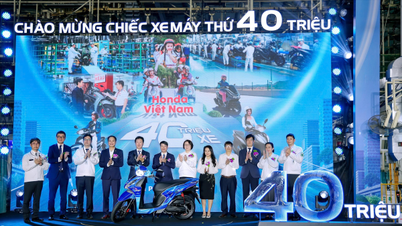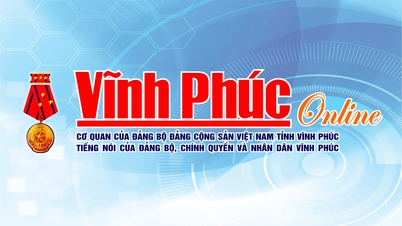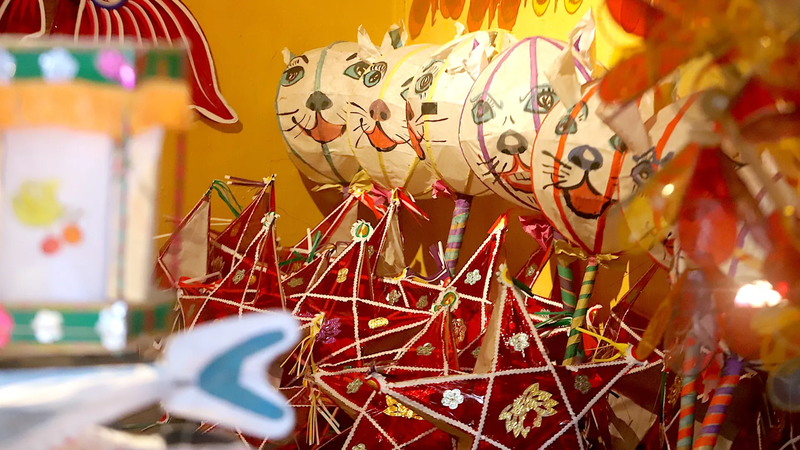While abandoned places can sometimes seem cold and lifeless, Mother Nature's takeover makes these dilapidated ruins look even more breathtaking than their original state.
Gouqi Island, China

South of China’s famous Yangtze River estuary lies the Shengsi archipelago of 400 islands. One of them, Gouqi Island, seems to have been completely forgotten by time. Once a bustling little fishing village, the rise of new industries such as shipbuilding and tourism meant that few people stayed to fish. Today, ivy and vines cover the quiet alleys, creeping up the walls and roofs of abandoned houses, inns and even schools. Although no longer used as a fishing village, Gouqi Island has become a tourist attraction that can only be reached by ferry.
Hotel del Salto, Colombia

At Tequendama Falls, the Bogotá River is a popular tourist attraction, located in a forest not far from Bogotá and once attracted guests who loved staying at the fabulous Hotel del Salto. However, due to environmental pollution, it became the “ world’s largest sewage waterfall” and quickly drove most visitors away. Upstream, Bogotá’s untreated liquid waste was dumped into the river, causing the surrounding areas to smell heavily. The hotel closed in the 1990s and has been slowly overtaken by vegetation ever since.
Kolmanskop, Namibia

In the abandoned mining town of Kolmanskop in Namibia, tons of sand have been blown into old houses by the wind. The dunes have invaded houses, broken down doors, filled old bathtubs and left the once-prosperous town with a haunting, desolate beauty.
Holland Island

Settled by early colonists in the 1600s, Holland Island in the Chesapeake Bay was home to about 360 residents in 1910. This fishing and farming oasis was once one of the largest inhabited islands in the Chesapeake Bay, with 70 homes, stores, a post office , a school, a church, and more. Sadly, erosion on the island’s western shore has been widespread. Despite attempts to build stone walls to protect it from the encroaching tides, the village’s last family was forced to leave in 1918. Today, parts of the island sink during high tides, flooding homes and causing seabirds to flock to rooftops.
Initiation Well at Quinta da Regaleira, Portugal

In the town of Sintra, the beautiful Quinta da Regaleira estate was built in 1904 by a wealthy Portuguese businessman. The large gothic-style house is elaborately decorated, along with gardens, tunnels, caves, and two wells. The famous Initiation Well is an ancient well with an arched spiral staircase that is more than 27 meters deep and was not used for water, but for rituals such as Tarot initiations. The estate was abandoned for many years but is now a UNESCO World Heritage Site in the “Cultural Landscape of Sintra.” Although managed and maintained by the local government as a tourist attraction, moss and vegetation continue to cling to the walls of this mystical space.
Mills Valley, Italy

Known locally as Valle dei Mulini (Valley of the Mills), this group of around 25 abandoned flour mills is located in a deep gorge in central Sorrento, Italy, and dates back to the 13th century. Built into a crevice to take advantage of the year-round water flow below, the mills were originally used to grind wheat. Other buildings, such as a sawmill and a laundry, were built in the 1940s. The mills have since been closed, leaving only the ancient industrial ruins covered in lush vegetation.
Wreck of the SS Ayrfield, Australia

Shipwrecks are often found on the ocean floor, where coral and marine life abound. The SS Ayrfield at Sydney’s Homebush Bay is different. Instead of sinking, it floated on the water and sprouted trees. The ship, built in 1911, is one of four cargo ships used to transport coal, oil and war supplies, and now sits in waters near Australia’s capital. As the trees on top of it grow, their branches spill out and through the hull, creating a mystical beauty.
Angkor Wat, Cambodia

Nestled in the jungles of Siem Reap province in northern Cambodia, Angkor Wat is a vast ancient complex that UNESCO calls one of the most important archaeological sites in Southeast Asia. As the capital of the Khmer Kingdom, the vast surrounding area features ornate temples, hydraulic structures, and other feats of early art and urban planning from the 9th to the 14th centuries. Of particular note is the temple of Ta Prohm, now covered in the giant roots of silk cotton and thitpok trees. While other sites have been maintained and protected from encroaching jungle, archaeologists have left Ta Prohm “to the will of nature.”
(According to 24h, April 8, 2024)
Source































































































Comment (0)